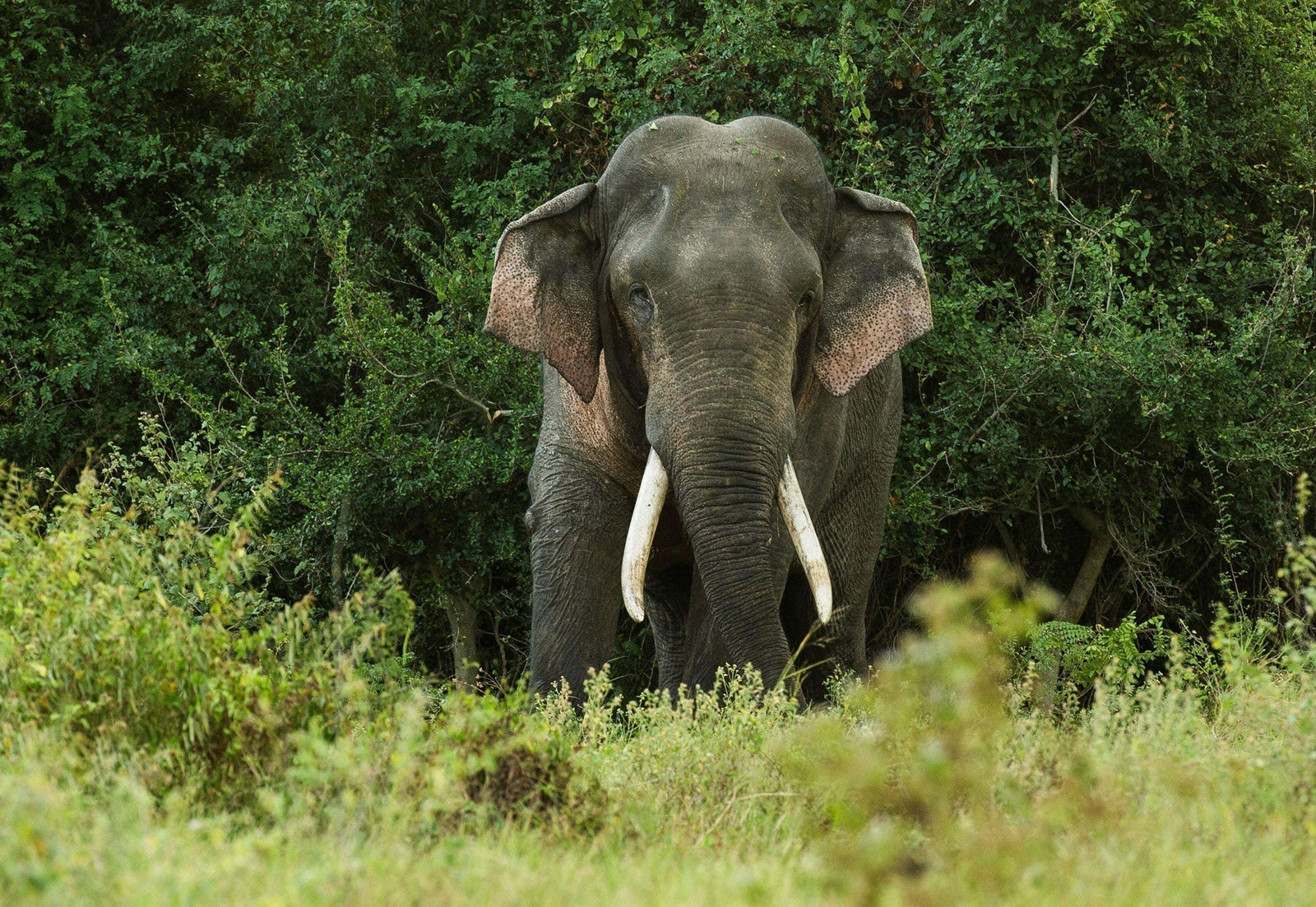Your Cart is Empty
Cold temperatures in winter make it hard for some animals to stay warm and to find enough food to eat when plants and trees are becoming dormant.
In Britain, the three mammals that hibernate are hedgehogs, dormice and bats. Some amphibians (frogs, toads, newts) also hibernate, as do some insects (bumblebees, some butterflies, ladybirds) and reptiles (grass snakes, adders, slow worms).
Hibernation is a bit like going into a very deep sleep, but one that involves shutting down the body’s natural processes. The animal’s metabolism has to slow down, as they aren’t able to eat during hibernation. To conserve energy, the animal’s body temperature also drops, and so do the animal’s heart rate and breathing.
Hibernating animals have a kind of internal clock that naturally ‘sets’ when they first begin to hibernate. Humans also have a type of internal clock, which tells us when to go asleep and when to wake up each day. This daily clock is called our circadian rhythm.
There are two types of hibernators:
Hibernators have two kinds of fat: ordinary white fat, and a special brown fat that forms patches near the animal's brain, heart and lungs. This is used to generate heat when the animal gets cold, or to provide an extra burst of heat when it’s time to start waking up.
Human babies also use brown fat stores to stay warm, and adults have some too: when you feel warm after eating a large meal, that’s partly thanks to your brown fat cells generating heat!

Not all hibernating animals wake up at the same time: the length of hibernation varies by species and habitat. For animals, scientists refer to the internal clock as their circannual rhythm, because they have developed accurate yearly internal clocks. This is how they navigate the seasons so well: how they know when to start stocking up on food stores for winter, when to mate, and when it’s time to wake up from hibernation – sometimes even regardless of changing weather conditions!
This cycle repeats every year, but much if this phenomenon remains a mystery. Scientists are finding out more about internal clocks all the time. We do know that the internal clock is controlled by the hypothalamus – a small area in the centre of the animal’s brain, but not exactly what triggers it or how it works.
Animals usually wake up from hibernation when the food they eat has become available, which is why this tends to be in spring, when dormant plants and trees are beginning to wake up too. Hibernating animals wake up very hungry, so immediate food sources are essential to their survival.
Comments will be approved before showing up.
Can Fake Tusks Help Save Real Animals? Synthetic ivory – a man-made material that looks and feels like real tusk – is sparking big conservation questions. Could it stop poaching and protect elephants, or might it make ivory seem more acceptable again? We've put together the facts below – and we're a...
Our Springtime Scavenger Hunt competition, featured in March's Secrets of the Sands issue, brought in a burst of colour, creativity and curiosity! From blossom hunts and frog-filled ponds to bees buzzing in crocuses and brilliant nature poems, your entries captured the magic of the season in so many wonderful ways. Thank you to everyone who took part – we were amazed by your discoveries and loved seeing spring through your eyes.
Our Animal Besties writing contest from the 'Nature's Best Buddies' issue brought in a flood of heartwarming, imaginative and often hilarious tales of unexpected friendships. From swans befriending capybaras to chickens bonding with foxes, your entries were full of surprise, kindness and creativity....



